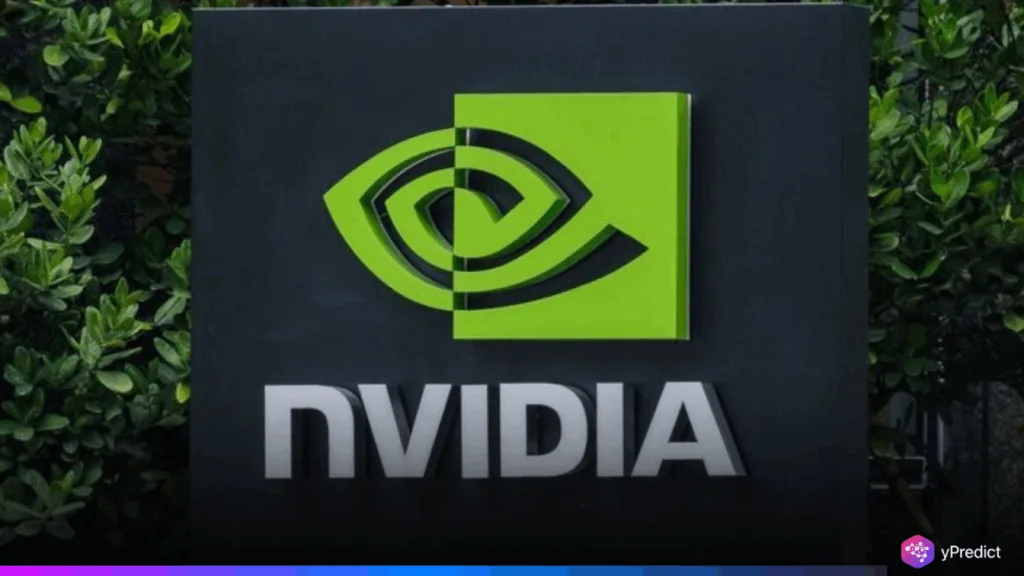
On August 14, 2025, Piper Sandler analyst Harsh Kumar projected a bullish future for Nvidia in China, raising the firm’s price target to $225. According to Piper Sandler’s forecast, Nvidia’s China market could grow to $56 billion next year, driven by heightened spending from hyperscalers and AI infrastructure expansion. The prediction will provide an extra $6 billion in October-quarter sales to the company. Although optimism has revived the interest of investors, the forecast has received criticism because of the increase in domestic rivals in China and geopolitical tensions that plague China. The optimism of Piper Sandler is a reflection of the potential of Nvidia and the uncertainty following the U.S. and China relations with businesses, export controls, and regulatory checks.
Piper Sandler’s Forecast and Market Drivers
Piper Sandler’s analysis rests on the assumption that Nvidia can rapidly scale sales in China despite recent setbacks. Harsh Kumar’s $56 billion market estimate represents nearly triple Nvidia’s current China revenue, which analysts place around $20 billion annually. Piper Sandler points to renewed H2O chip sales compliant with U.S. export rules as a key driver, with projections of $10–15 billion in revenue for the second half of 2025.
The bullish stance also leans on capital spending by Chinese hyperscalers upgrading AI infrastructure. Piper Sandler argues that Nvidia’s leadership in AI chips and the appeal of its Blackwell architecture could help recapture lost market share. However, the forecast downplays the competitive threat from domestic chipmakers like Huawei, Biren, and Cambricon, which are benefiting from China’s self-reliance push.
The challenge for Nvidia is clear: while Piper Sandler envisions smooth adoption of the H20, China’s Cyberspace Administration is reviewing the chip over alleged security concerns. Regulatory delays could directly impact the $6 billion October-quarter target. Despite this, Piper Sandler maintains that Nvidia’s brand, technology depth, and software ecosystem offer a competitive moatprovided political and trade barriers do not intensify in the coming months.
Competitive and Geopolitical Headwinds
Even with Piper Sandler’s optimistic tone, Nvidia faces mounting challenges in China. The Biden administration’s export restrictions in 2022 and 2023 cut Nvidia’s market share from 95% to around 50%, according to CEO Jensen Huang. The gap has been partly filled by Huawei’s Ascend chips, including the 910C, which deliver about 60% of the performance of Nvidia’s H100 for inference tasks. Piper Sandler acknowledges this threat but believes Nvidia’s software stack and developer community will offset hardware competition.
However, Huawei is not the only rival. Biren, Cambricon, and Alibaba are all targeting the same market segment, with China prioritizing local chip production to reduce reliance on U.S. technology. A July 2025 Reuters report revealed that Chinese authorities are scrutinizing Nvidia’s H20 chips for potential “backdoors,” echoing prior U.S. legislative proposals to embed tracking features.
Piper Sandler’s $56 billion market estimate assumes these concerns will be resolved quickly, but history suggests such reviews can last months. Additionally, a Yahoo Finance report in July 2025 noted Nvidia’s $8 billion quarterly revenue loss from export limits, highlighting the fragility of its China strategy. Without easing political frictions, Piper Sandler’s ambitious targets risk colliding with realities beyond Nvidia’s control.
Outlook for Nvidia’s China Growth
Piper Sandler’s $56 billion projection for Nvidia in China is as much a bet on geopolitical stability as it is on technological superiority. The potential to expand depending on the renewed H20 sales and investment in hyperscalers on the one hand should be praised, but on the other hand, domestic competition and hurdles are tough. The optimism surrounding Piper Sandler demonstrates a viewpoint of Nvidia regarding its innovativeness and brand value in the world market, but the implementation would need to navigate the trade barriers and security reviews, and it has to deal with established domestic Chinese players such as Huawei. Piper Sandler is taking significant risks with this market-leading forecast, as it is a very strong estimation that will only work out when opportunity meets political pressure.





